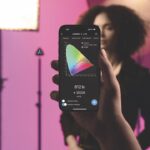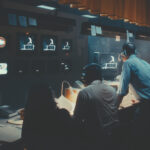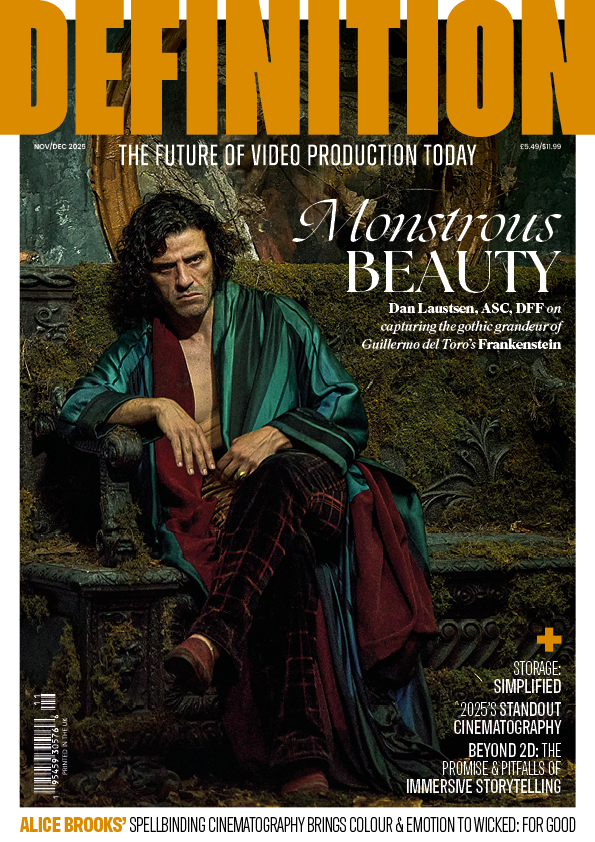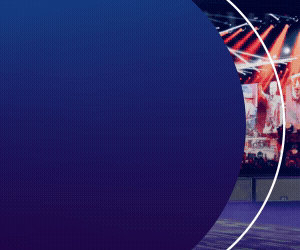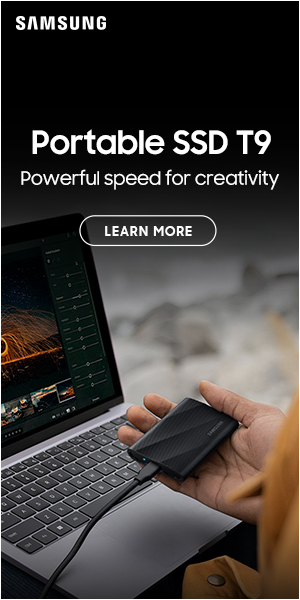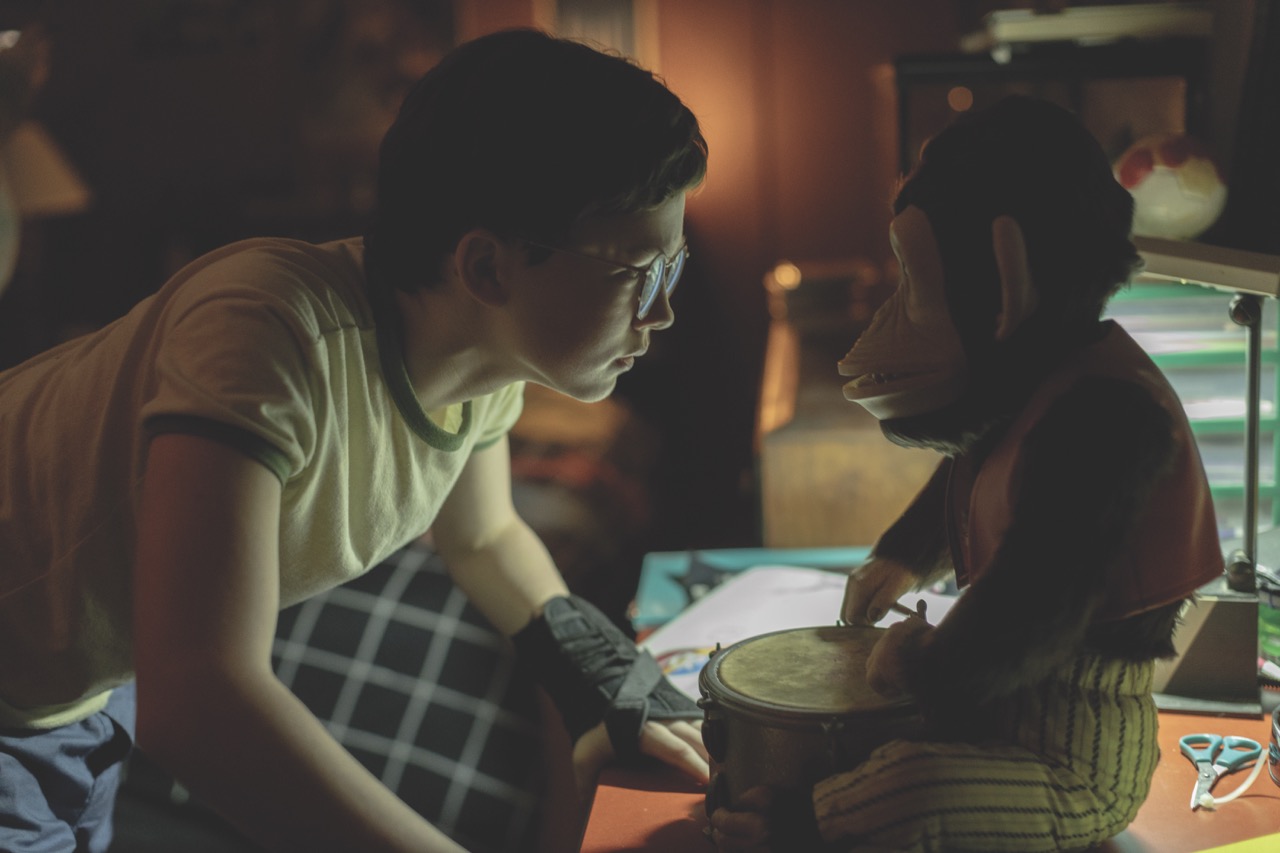
VFX breakdown – The Monkey
Posted on Apr 3, 2025 by Admin
Monkey business
VFX supervisor Edward J Douglas takes us behind the gory insanity of The Monkey
Words Oliver Webb | Images Asterios Moutsokapas
When twin brothers Hal and Bill find a mysterious wind-up monkey, a series of outrageous deaths begin to tear their family apart. Fast-forward 25 years, and the monkey is on another killing spree – forcing the estranged siblings to confront the cursed toy.
Edward J Douglas served as overall visual effects supervisor on The Monkey, having previously worked with director Osgood (Oz) Perkins as VFX supervisor on Longlegs. Douglas received the script for this film as the Longlegs shoot was wrapping up. “I was very surprised to see Stephen King’s name on the top of it, so that was exciting,” he begins. “I dug into the script, and every page I turned was some new form of bat-shittery, as Stephen King described it. I’d already worked on one film closely with Oz, so I had a good sense of his approaches and how it might look when we got to it.”
The Monkey is distinctly a comedy horror, unlike Perkins’ previous films. “This is Looney Tunes; it’s our world and our rules,” confirms Douglas. “Gremlins was a big reference, and we looked at other Amblin movies from the eighties – films by Joe Dante and John Landis, for example. Oz described it as ‘Robert Zemeckis on acid’ as a reference point. We knew from the start there would be a lot of digital work in the movie, but everything had to begin in the practical world. We have a whole bunch of absurd Rube Goldberg-esque kills, and each of those is a mix of stunts, practical special effects, creature effects, special effects and makeup. I’m collecting all the ingredients and orchestrating them into a final amazing gag.”
The Monkey had 406 VFX shots in total, ranging from the big kills to little enhancements. WildFX supported with additional shots and sequences focusing on blood and gore. “Many of the kills were shot in pieces for safety,” reveals Douglas. “Visual effects were driving straight through the heart of this story and experience; unlike Longlegs, where it played a supporting role.
“Conversations for The Monkey were always about how to make things funnier and more impactful. I don’t remember how many kills we had overall, but there are so many and they are all distinct. We discussed the blood-and-guts canon: would they be shocking deaths, for example, or quiet bloodless deaths – or blood spraying everywhere.”
Another big piece of visual effects in this film centres around twin brothers Hal and Bill (portrayed by Theo James, with Christian Convery as both young Hal and Bill). “Visual effects for twinning these characters was a key part of it,” says Douglas. “We came up with a series of gags early in the film where we would show Hal and Bill interacting together. In one of the first instances, Bill – who’s the bully and older brother by a couple of minutes – shoves Hal. The way Oz shoots his dialogue is much like how the Coen Brothers do it. They are with the characters rather than over the shoulder, creating an intimacy between them, even when they’re not on screen together. We have these interaction gags and then just let everything else play out in performances.”
Due to the nature and budget of the shoot, it was vital for Douglas and his team to achieve the twinning shots in minutes, as opposed to hours. “You have these incredible twinning sequences all the way back to Dead Ringers, which have intricate camera moves,” he explains. “Our incredible Steadicam operator, Leonardo Harim, could repeat motions with green-screen passes just enough to allow seamless tracking and compensation. This also made the process quick and easy for young Christian Convery, allowing him to stay fully present in both performances without technical distractions. Tatiana Maslany – who plays Lois, Bill’s mother – has done countless scenes and sequences like this before on Orphan Black. One of our doubles even worked with her on that show. So, we had a lot of that spiritual experience.”
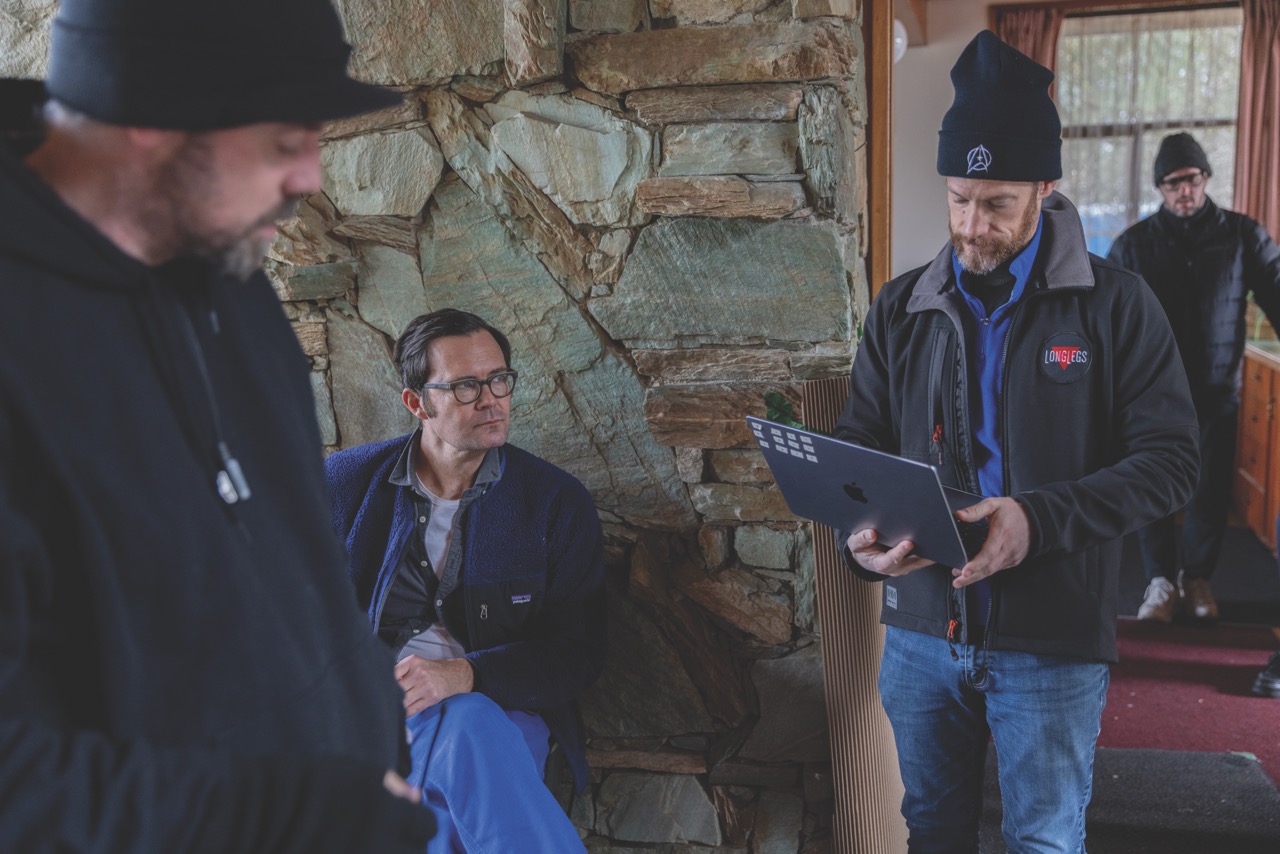
Werner Pretorius at Amazing Ape Productions created the animatronic monkey, as well as many other practical creations. Chris van Dyck of Niche VFX was responsible for the monkey-on-fire sequences, as well as nearly every other shot that touched and supported the monkey itself. It was also crucial for the film to be a blend of practical effects and visual effects. The aunt Ida sequence proved to be a mix of elements, led by Tom Rolfe – visual effects supervisor at CoSA VFX – who also created the pawn shop harpoon scene, final apocalypse and pool explosion, among many others. Additionally, Ole Vezina, special effects set supervisor, was the technician in the green suit throwing all the limbs in the pool scene.
One of Douglas’ favourite sequences to capture involved close collaboration from all departments to make it happen. “There’s a bit of magic that I’m proud of,” he admits. “Bill’s father is trying to destroy the monkey once and for all, but he fails. Adam Scott’s character unleashes a flamethrower on it, yet the monkey only grins as everything melts around it. We were inspired by the iconic face-melting moment at the end of Raiders of the Lost Ark. I called up Werner and Greg Pyne, our special effects lead, and we began assembling pieces. Werner was able to cast a gelatine monkey that we could melt. We built a dummy monkey head from the same material as the mandrel for aunt Ida’s head, allowing us to set it on fire. The wardrobe department supplied extra pieces of the monkey costume to burn. In the end, nothing had to be CG – we gathered all the necessary ingredients ourselves.”
The Ricky (Thrasher) hornet sequence was led by van Dyck, which turned out to be the heaviest CG sequence on the film. “When I first saw this in the script, I knew it would probably be the biggest challenge,” notes Douglas. “It’s the Looney Tunes logic of Oz Perkins in this film, the same with some of our exploding people. Every person in this movie explodes with three times as much blood as a normal person should. We knew the hornets would be CG, and we wanted to give the audience something they’d never seen before. Ultimately, the key to this scene was trypophobia, the horrifying reaction to little holes. We created all these holes from which the hornets would emerge, like dots and holes within holes.
“Oz’s dad is Anthony Perkins – that’s another cool element that gives him a personal connection to the kind of story about the randomness of death. As I’ve gotten to know Oz, I can feel how this is utterly his most personal story – the most authentic to how I know him as a person, and I’m proud to have worked on this film,” concludes Douglas.
From the terrifying to adorable, check out the VFX breakdown of Mufasa in this article.
This story appears in the March 2025 issue of Definition


